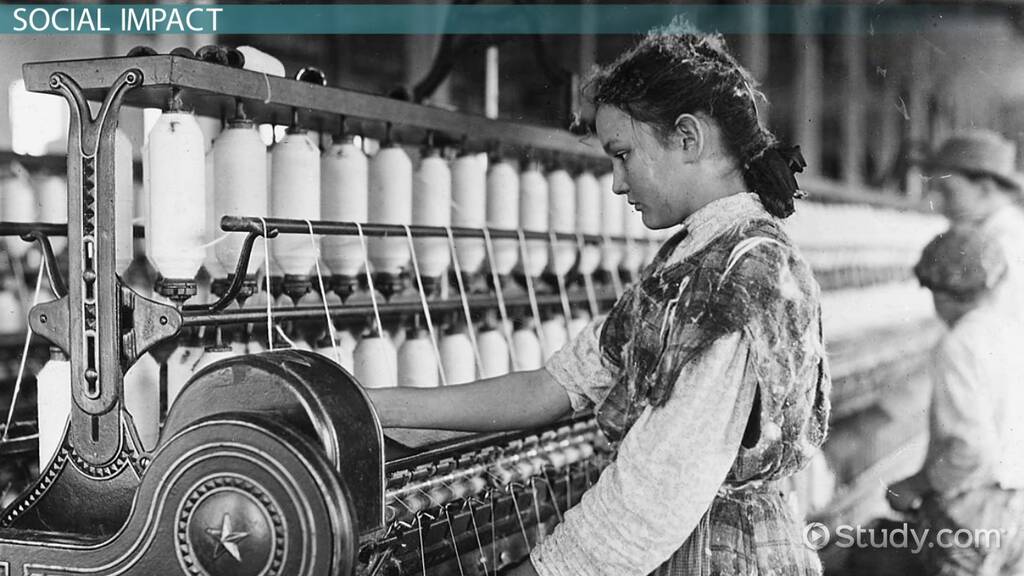1. Origins and Catalysts: The Factory Industrial Revolution emerged in the late 18th century as a response to growing demands for goods and the need to increase production efficiency. The invention of crucial technologies such as the spinning jenny, water frame, and steam engine paved the way for mechanized production. These innovations allowed for the creation of larger quantities of goods at a much faster pace than ever before.
2. Rise of Factories: Factories, with their mechanized systems and assembly lines, became the epicenter of this revolution. These establishments brought together labor, machinery, and raw materials under a single roof, streamlining the production process. This concentration of resources and labor led to a remarkable increase in productivity, revolutionizing industries like textiles, iron, and coal mining.
3. Transforming Society: The Factory Industrial Revolution had a profound impact on society. Urbanization surged as people moved from rural areas to cities in search of employment opportunities in factories. The emergence of the factory system redefined the nature of work, transitioning from small-scale artisanal craftsmanship to a more regimented, time-bound labor force.
4. Labor and Working Conditions: While factories brought about economic growth, they also raised concerns about working conditions. Long working hours, low wages, and unsafe environments were prevalent, leading to the rise of labor movements advocating for workers’ rights and better treatment. The Factory Act of 1833 in Britain, for instance, was a response to the need for improved working conditions and child labor regulations.
5. Technological Advancements: The Factory Industrial Revolution was closely intertwined with technological progress. The steam engine, powered by coal, not only drove machinery within factories but also transformed transportation systems, enabling faster movement of goods and people. These advances laid the foundation for subsequent technological innovations, ultimately shaping the modern world.
6. Economic Impact: The Factory Industrial Revolution had a profound influence on the global economy. Mass production drastically reduced the cost of goods, making them more accessible to a wider population. The increased production capacity fueled international trade and played a pivotal role in the expansion of capitalism.
7. Legacy and Lessons: The Factory Industrial Revolution brought both immense progress and notable challenges. While it spurred innovation and economic growth, it also highlighted the importance of ethical labor practices and the need for regulations to ensure workers’ rights and safety. The lessons learned from this period continue to shape labor laws and policies in today’s industries.
